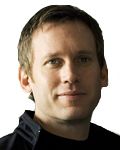There’s a certain magic that happens when we connect with energy that lights us up. I feel this magic when I go hiking with my dog, Riley, swimming in the ocean, or after a juicy yoga and qi gong practice. I also feel this energy in the EE system. This post first displays my December Yoga newsletter and follows with an introduction into what the EE System is and why I love it.

December Yoga News!

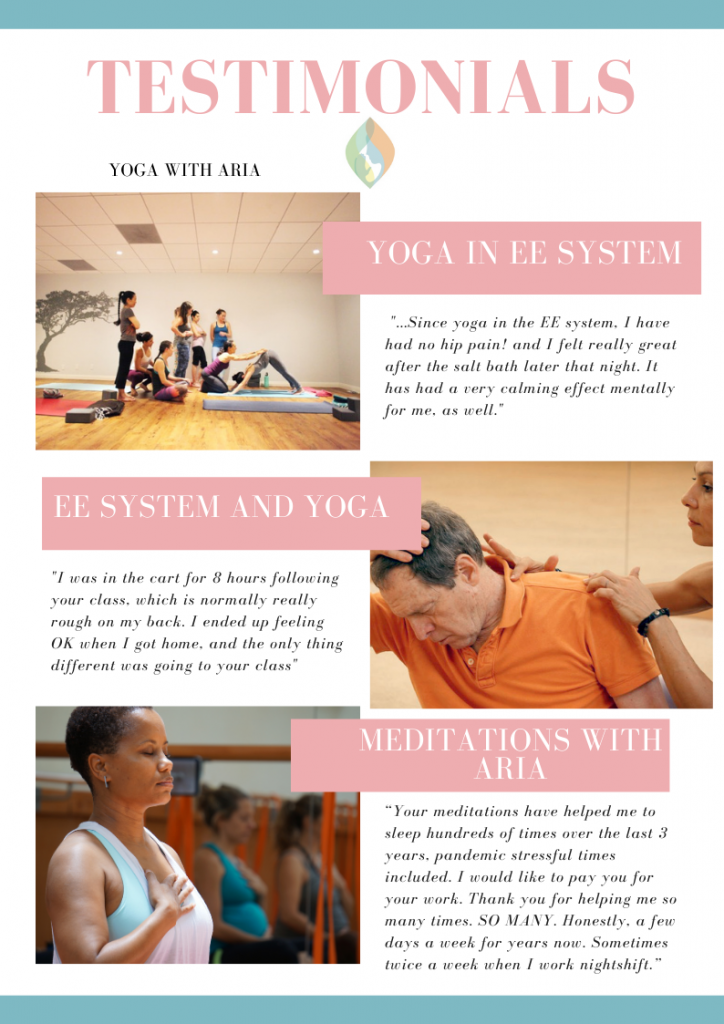
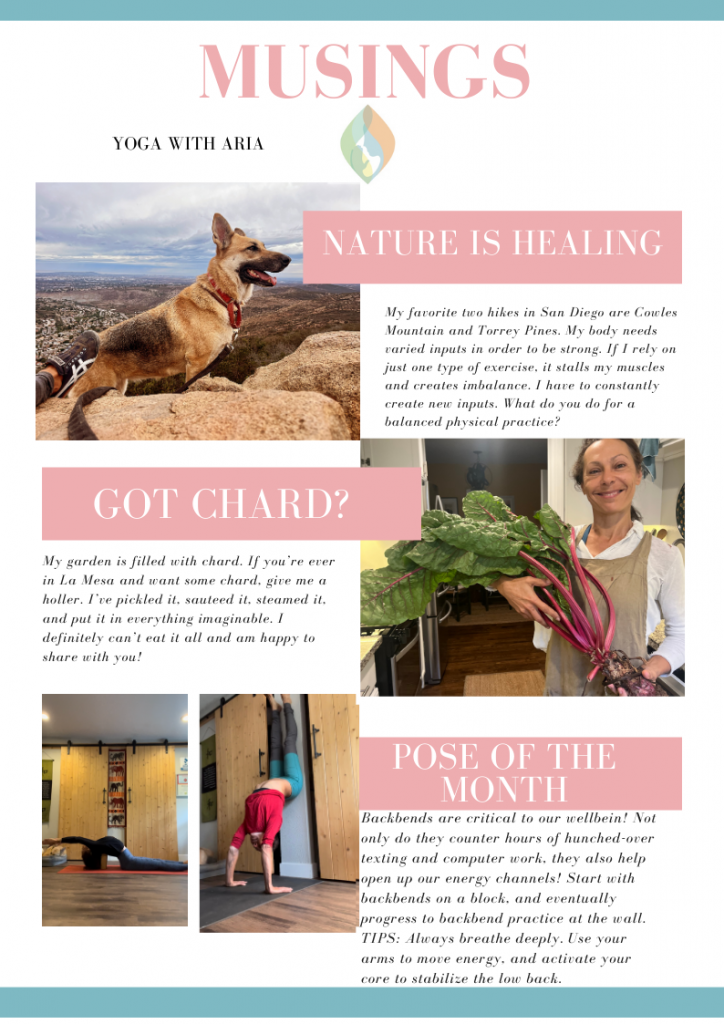
What is the EE System?
Enter the Energy Enhancement (EE) system, a setup consisting of monitors called “units” that transmit scalar frequency at levels that drastically increase and aid the body in its natural healing abilities.
“The 24 unit EESystem is a 100% safe and life enriching technology (utilized by NASA, Johns Hopkins, Stanford, and University of Hawaii MDs and PhDs) that supercharges your intentions, ideas, and creative power through transporting your consciousness to the elevated brain waves states of Theta, Delta and Gamma while simultaneously energizing and showering your bodies’ 37 trillion cells with biophotonic light, scalar energy, virgin rainforest and earth grounding (schumann resonance) frequencies.
Dr. Sandra Rose Michael, inventor of the EESystem technology describes it like having the perfect laser light acupuncture on every meridian and in every cell of the body, simultaneously.” More detail, at this footnote1.
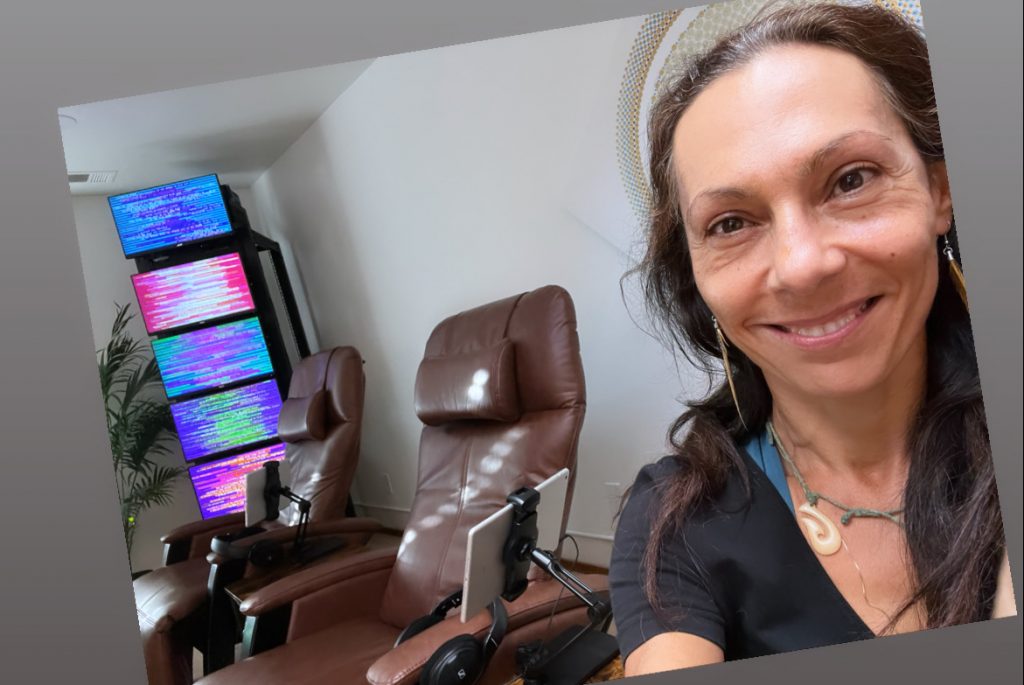
Each session consists of one (or more) hours, simply resting and relaxing in a zero-gravity chair. Our mind is powerful, and Sacred Waves encourages us to relax to healing music, meditate, or take a nap. It is not recommended to use this time to “catch up” on emails and work. That is a firm no-no!
And that’s it! The system does its magic. Afterwards, it’s recommended to take it easy, hydrate, eat well, and it’s critical to either take a salt bath to help encourage the detox process or soak your feet in salt water for 20 minutes. The healing effects begin immediately and continue for several days.
The EE System has been extensively peer-reviewed. One of the studies that convinced me to try it out, and that it wasn’t simply a result of mind over matter, was the attached live blood microscopy, taken after just one hour in the EE system. Many more Clinical Research and Studies are available to check out . And countless stories and testimonials of people healing from cancer, auto-immune conditions, and so much more from this incredible technology!

If you’re new to my site, you may now know this, but my body is very different from a “normal” one. Not only do I have extensive skeletal and muscular injuries, but I am also missing a kidney and my spleen. All of this is due to a car accident at age 14 that “should have killed me,” and was predicted to leave me living a very different kind of life, permanently disabled in many ways (curious? Find out more, in my article which made the cover of LA Yoga Magazine and in this podcast interview on Limitless Healing with Colette.)
Because the spleen helps clean our blood and regulate our immune system (I am overly simplifying its function), I am always interested in anything that can help supplement this for my body.
Given these blood results and my body injuries and significant abnormalities, I knew I had to give the EE System a try.
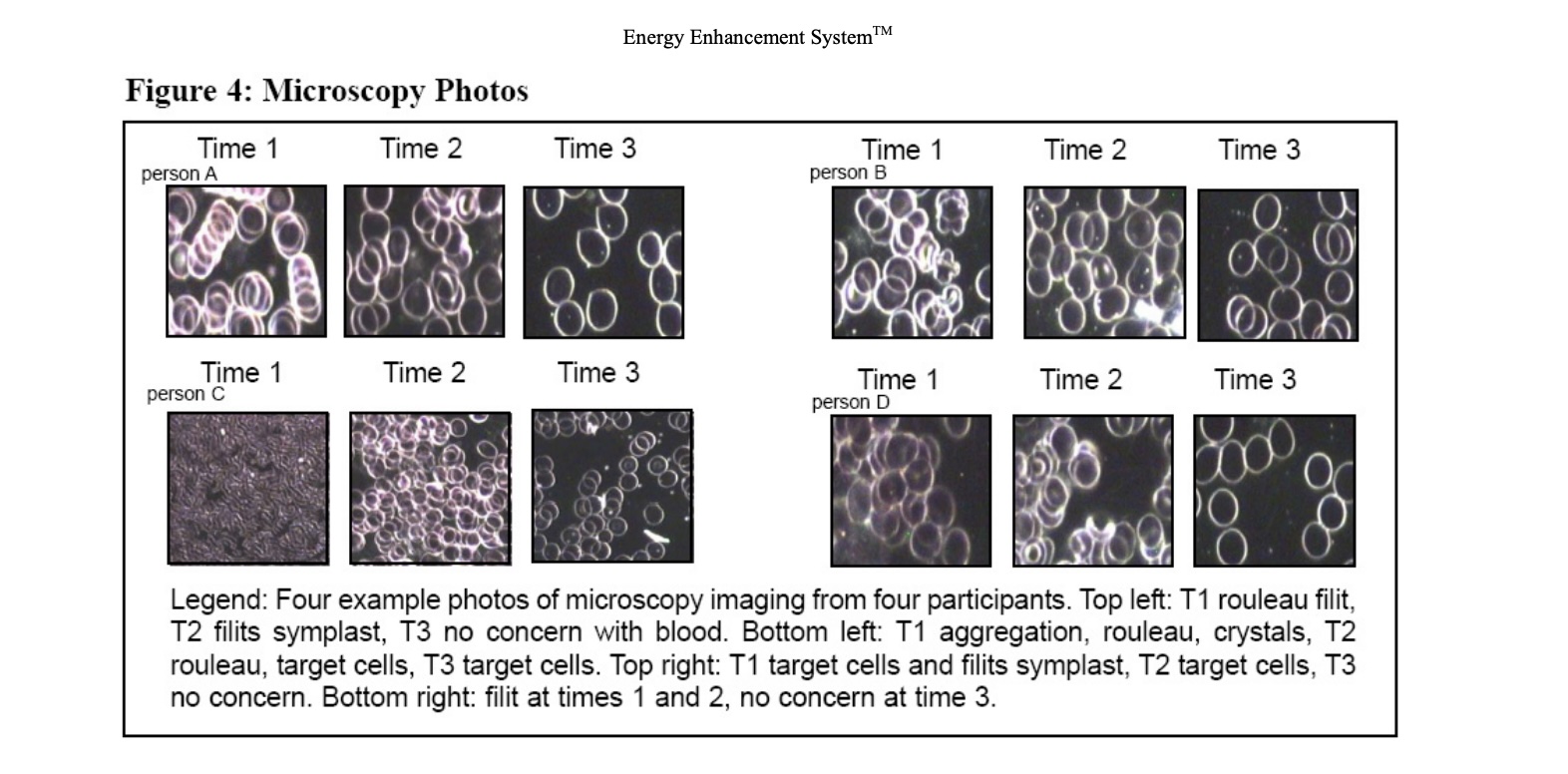
Divine Timing
In 2021, I started experiencing a lot of odd symptoms and incredibly irregular and sudden menstrual changes. Around the same time, I was seeking a greater alignment with Qi (Energy) in addition to my yoga and qi gong practice. My knee re-injury had healed quite well (not “perfectly,” but miraculously well, considering five UCLA Orthopedic specialists confidently proclaimed that my prognosis was so severe that stem cell would never work, that I had no choice to but to get a knee replacement, and that what I was seeking “impossible”) More on the how I overcame “the impossible” during this interview.
The symptoms were rife for me to realize that my Qi (energy) was being somehow weakened and that I needed some extra help. I was already seeing an acupuncturist and had just completed a nine month chiropractic care treatment., I already move my body daily — especially when in pain and discomfort because I know how critical daily movement is to my healing. Movement is my medicine.
I knew needed something else, something even greater to stimulate the next phase of healing for my knee, and to manage these energetic dysregulations that were occurring. My body was talking to me and telling me it needed support. I had no doubt of this. I just didn’t know what this extra bit of help was.
The EE Interview
When I heard about the EE System in early 2022 in an interview with its founder —Dr. Sandra Rose, I immediately felt drawn to learn more about it. The stories she shared were incredible — people healing from Stage 4 Cancer and many other chronic conditions.
I liked that this system wasn’t invasive — no surgery or drugs, needed. Merely intention + spending time in a healing environment were all that was needed to trigger healing results. I felt so incredible after my first session, I immediately booked a package of one session for week for the first month. After that, I have maintained at one session per month.
The EE System Blew My Mind: Yoga is a Natural Offering
I felt alive, so good, so clean. After a few sessions, all of my odd symptoms disappeared and my menstrual cycle regulated itself back into a natural order. Since then, I have incorporated at least one session per month. I have found it invaluable in my health and healing.
Not only did the EE system help my dysregulatory aches, my body itself felt incredible! Joint aches disappeared immediately, and stayed away for DAYS, WEEKS in some parts of my body. Not a crack, not a pop, not a single misalignment. Energetically — I felt calm, peaceful and full inside. In fact, this feeling of spaciousness filled my body to such a capacity that I invite you to imagine is a balloon, slightly deflated and then suddenly being inflated to 100% energy capacity.
Offering yoga and qi gong in the EE System just became a natural progression of merging several energetic practices into one, and sharing the movement practices that bring so much deep healing to my body with others!
Sacred Waves EE BOGO Offer: Buy your BOGO before December 12th. Use it for Yoga OR a regular EE Session
I’m super happy to have partnered up with Sacred Waves EE System in Encinitas.
Access the calendar listing here.
BOGO offer here
For a limited time, Sacred Waves is offering a BOGO offer. If you buy your pass before December 12th, you have a Buy One, Get One Free offer, which you can use for any of their scheduled offerings and classes, whether it’s a regular session in the EE system, Yoga, or something else! Please use my referral link here
My December yoga classes in the EE System at Sacred Waves will be:
Gentle Yoga – Saturday, Dec. 23 at 10:30 a.m. – 11:45 a.m.
Vinyasa Flow – Sunday Dec. 17, at 1 p.m. – 2:15 p.m.
Closing Blessings:
Either way, ladies and gentlemen — whether it’s at Sacred Waves or elsewhere, I really hope to see you down the road. I’ll send out my January teaching schedule as we approach the new year.
Footnote:
- What is an Energy Enhancement Session?
The 24 unit EESystem is a 100% safe and life enriching technology (utilized by NASA, Johns Hopkins, Stanford, and University of Hawaii MDs and PhDs) that supercharges your intentions, ideas, and creative power through transporting your consciousness to the elevated brain waves states of Theta, Delta and Gamma while simultaneously energizing and showering your bodies’ 37 trillion cells with biophotonic light, scalar energy, virgin rainforest and earth grounding (schumann resonance) frequencies.
Dr. Sandra Rose Michael, inventor of the EESystem technology describes it like having the perfect laser light acupuncture on every meridian and in every cell of the body, simultaneously.
The EESystem does not treat any conditions nor make any claims, it simply provides the system with harmonizing energies that empower the innate intelligence within us to clean house and realign.
Dr. Sandra notes that the EESystem is not a magic bullet, and although some people have life transforming experiences during their first session, the EESystem is most effective in combination with a healthy holistic lifestyle and an understanding of how we create our own realities through the power of thought, intention and will.
A clean diet, daily exercise, positive mindset, and clear intentions are foundational components of wellbeing and profound healing transformations. In addition to preparing your physical body, getting yourself into the right mindset before coming to a session is one of the most important ways to maximize your potential benefits from this experience.
Now, back to the energy…..as Albert Einstein pointed out almost 100 years ago, all life is energy and he predicted: “Future Medicine will be the Medicine of Frequencies.”
While you relax in our comfortable and cozy vegan leather Zero Gravity Recliners, the soothing energy field is permeating and recharging the cellular membrane potential of each of your 37 trillion cells back to their healthy range of between -70 and -90 millivolts.
Thanks to this increase in charge, the cells improve their potential to expel anything that is no longer needed and your whole system is able to reorganize to a higher level of function.
People stay in the EESystem for anywhere from 1, 2, 4, or even 10 hours. Depending on your personal situation and desired results, it is suggested you visit several times a week initially, then as often as you can. We have structured the membership packages with the highest discounts to reflect the frequency of visits that have shown the most profound, transformational and consistent results.
The effects of sitting in this “charged” field are cumulative. The more you are in the field, the more your body can move toward a healthy cellular membrane millivoltage and balanced overall energetic.
Some benefits that have been reported from EES sessions are:
• Deep relaxation and meditation states
• Pain and inflammation relief
• Improved immune function
• Increased confidence, groundedness and emotional stability
• Accelerated recovery post-surgery and injury
• Increased energy
• Improved skin texture and appearance
• Improved stress tolerance & sleep
• Enhanced learning states, improved creativity
• Improved mental focus (as measured by EEG)
• Balance R and L brain hemispheres (measured by EEG)
• Improved athletic performance
• Improved blood tests
• Detoxification and oxygenation
• Antidepressant activity due to reduced noradrenaline uptake.
If you have any questions regarding the sessions please feel free to reach out to us and we will be happy to answer them for you. We look forward to seeing you soon at our new Encinitas location! (www.sacredwaves.co) ↩︎
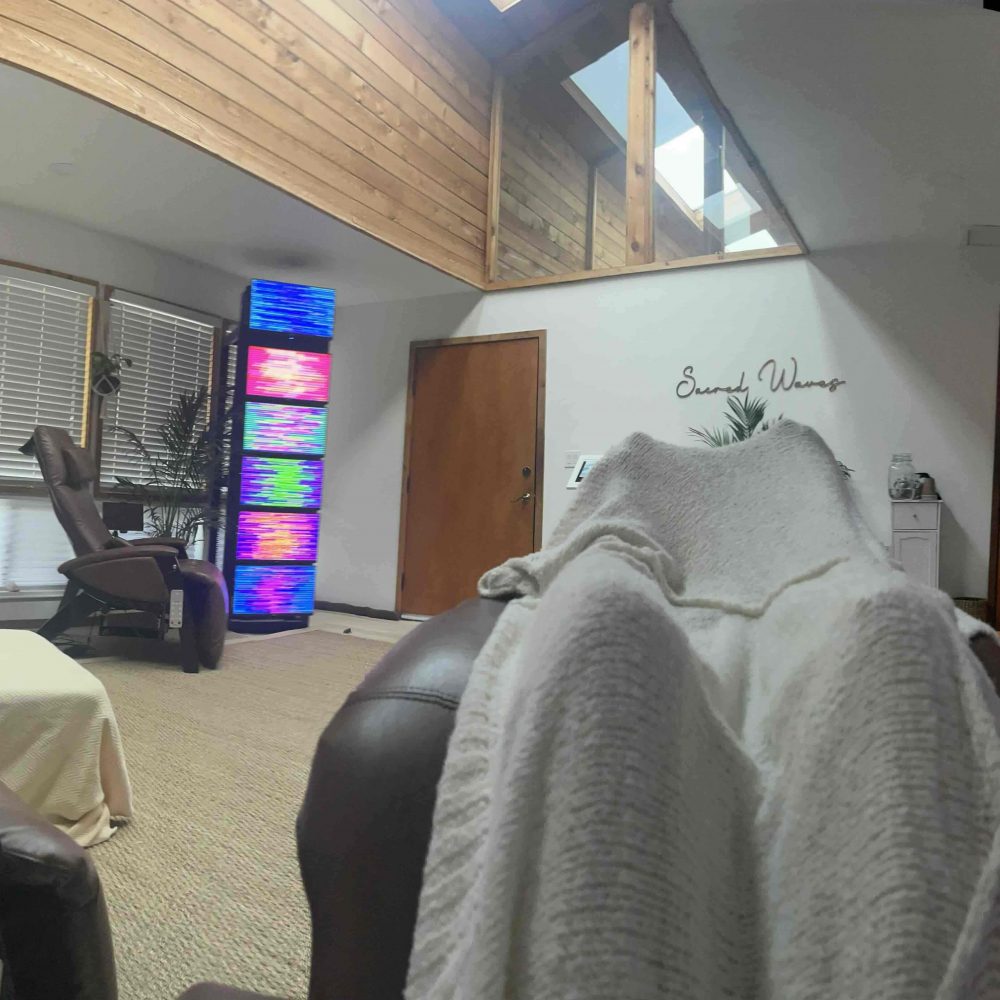







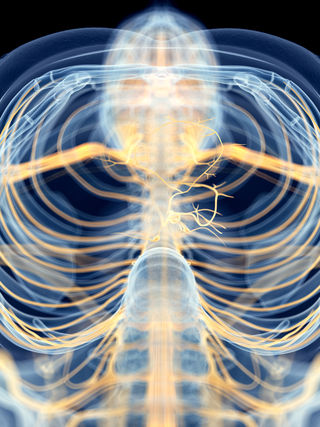
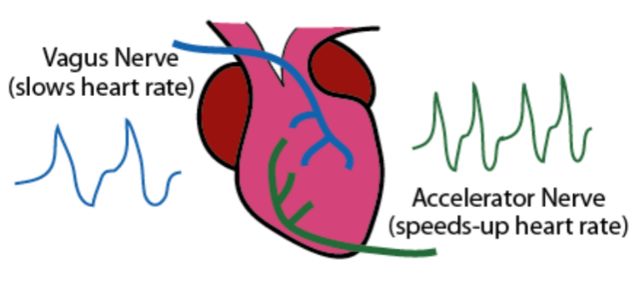
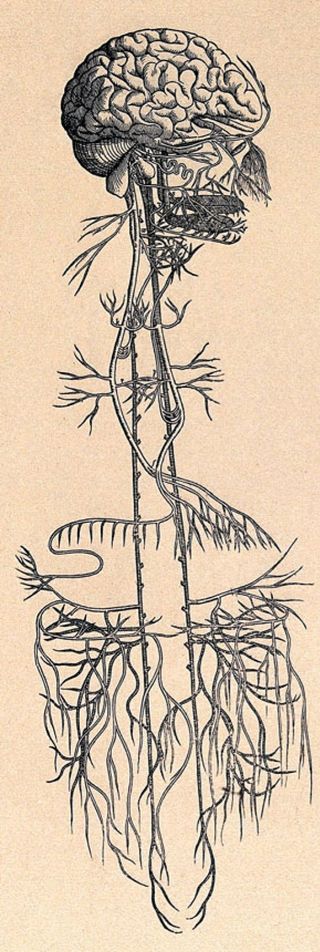
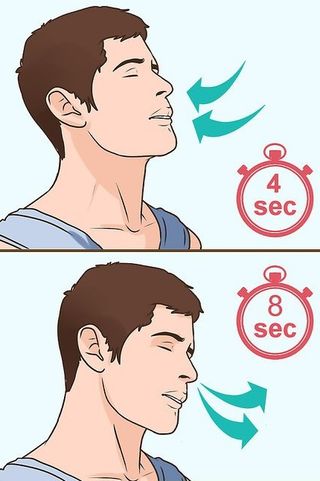
 SHARE
SHARE TWEET
TWEET EMAIL
EMAIL MORE
MORE